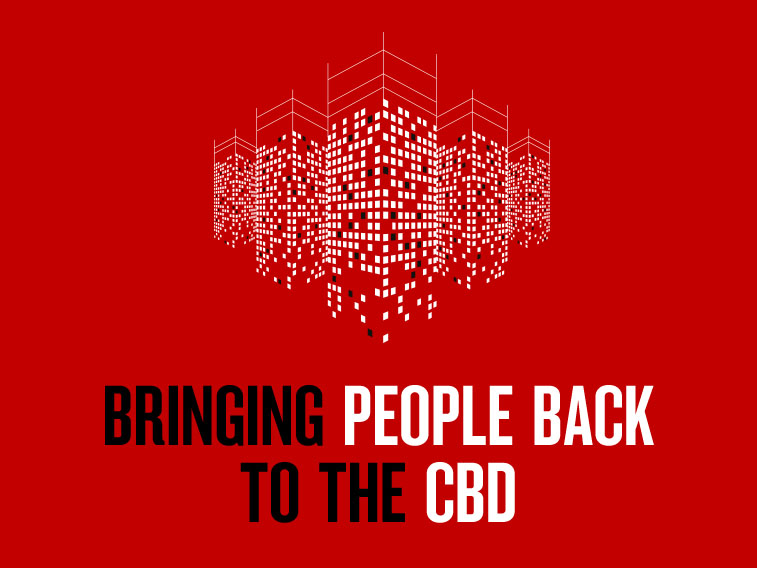SME business conditions fell in Q2


Insight
Australia is one of the most urbanised countries in the world with central business districts (CBDs) at the heart of economic, political, recreational, cultural and innovation activity. We explore the extent to which consumers have changed visitation to CBDs, why that is, and what would encourage them to return.

Australia is one of the most urbanised countries in the world with our main central business districts (CBDs) at the heart of economic, political, recreational, cultural and innovation activity. The influx of CBD-based workers, visitors and new residents, have been key in maintaining their role as centres for activity and employment. However, since COVID-19 there has been a profound shift in purchasing and visitation behaviours of Australians. Our CBD’s have borne the brunt of social distancing requirements, trading restrictions, job losses and large numbers of office-based workers working from home, with most CBD workers and shoppers typically travelling from middle and outer suburbs. NAB data shows that spending in our CBD’s is recovering with Perth having the strongest rebound. Melbourne continues to be most impacted (particularly, accommodation and cafes & restaurants), but most other capitals are also still feeling the effects of COVID in some sectors. In contrast, the suburbs have grown in importance as hubs for retail and recreational activity in metropolitan Australia. Revitalising CBDs is vital for the livelihoods of the many CBD businesses, particularly small businesses, who rely on foot traffic. Cities cannot remain economically sound without the businesses that typically make urban centres their home base. While converting some office space into residential is an option, commercial space supports ground level retail and hospitality businesses. Vibrancy requires a mix of commercial, residential, government and cultural buildings with small and bigger businesses co-existing together.
In this NAB Consumer Insight Report, we explore the extent to which consumers have changed visitation to their capital city CBD and if so, why are they visiting less often, what (outside of returning to work) would encourage them to return, and the importance to Australians of having thriving and vibrant CBD’s. Large numbers of Australians have either stopped visiting their CBD altogether or are visiting much less often. In the absence of having to go into the city to work, many consumers see no reason to visit, although younger people remain much more engaged with their CBD’s. Inducements such as free or subsidised car parking and public transport, dining/shopping vouchers, along with better safety and cleanliness, fewer cars and more green spaces, “pocket parks”, festivals, events, entertainment and attractions, would help. But, with many Australians hoping to continue to work at least partly from home in the future, the legacy impacts of COVID are likely to endure. Many people have also made greater use of their local areas since COVID and these behaviours have become ingrained and may require a broader reimagining of city centres and public spaces to re-engage consumers.
Highlights:
Get all the details in the NAB Consumer Insight Report Impact of COVID on Australian CBDs Report
© National Australia Bank Limited. ABN 12 004 044 937 AFSL and Australian Credit Licence 230686.